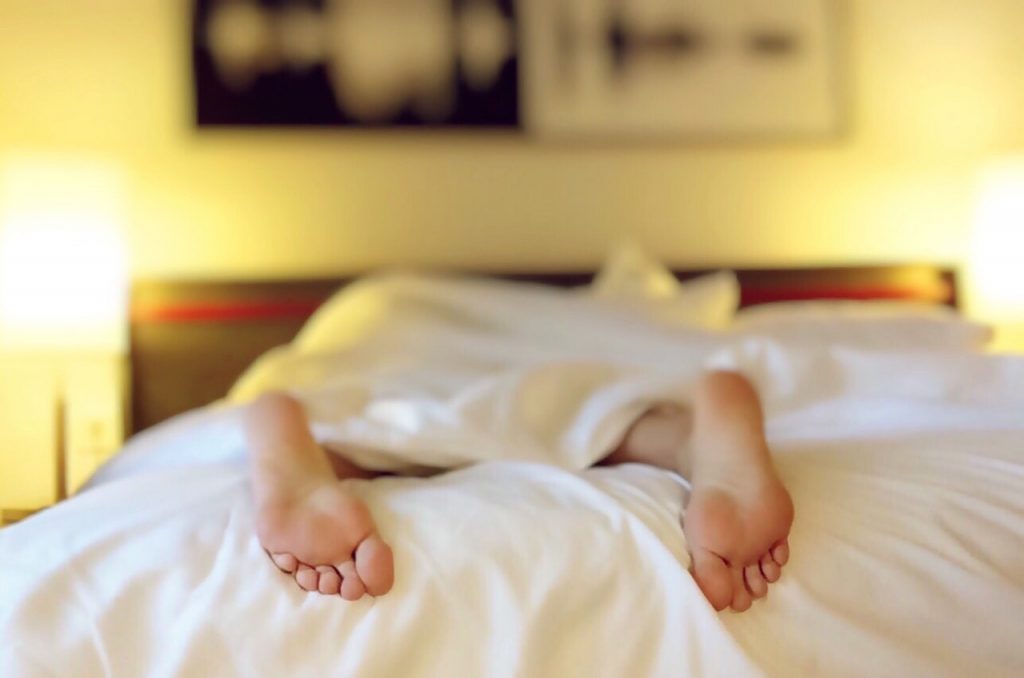As mentioned in previous posts, Seasonal Affective Disorder (S.A.D) is a depressive-based medical condition that typically impacts people during the fall and winter months. Approximately 6% of all people develop this disorder each year and it wreaks havoc with natural sleep-wake cycles.

Let’s learn how S.A.D affects sleep patterns.
The Cause
While the cause of seasonal affective disorder has not been clearly established, medical professionals have determined that the sleep pattern problems experienced directly relate to the body’s natural circadian rhythms. Your individual circadian rhythm is a cycle that occurs every 24 hours.
In simple terms, it is an internal “clock”. It aids in the control of your level of alertness, the production of hormones in your body, the temperature of your body, the function of your organs, as well as your sleep.
There is a direct correlation between the core temperature of the body and the light that the body is exposed to and the circadian system of the body. When the core temperature drops and the amount of light that you are exposed to is decreased, you will experience lower energy levels, more significant mood complications, and the need to sleep will increase.
Melatonin and Serotonin
When temperatures are lower and sunlight levels are decreased, the brain increases the production of the hormone called “melatonin” and reduced the production of the neurotransmitter called “serotonin”.
Melatonin is the hormone that lowers your energy levels and increases the amount of sleep that you require. Serotonin is a special type of neurotransmitter that aids in the regulation of your mood.
In order to optimize sleep patterns, increase the amount of exposure to the sun’s natural light when you suffer from seasonal affective disorder.
This will aid in reducing symptoms; however, it is not the only step to reducing symptoms and optimizing sleep patterns.
Exercise is also required.
Physical Activity
According to research by Princeton University, physical activity – such as aerobic-based exercise – aids in boosting serotonin, improving the mood, and regulating your sleep patterns. You may increase the benefits of exercise for seasonal affective disorder if you are able to do it in the natural sunlight or seek the assistance of a physical therapist that uses synthetically-created natural-based lighting in their practice.
Specialists agree that 30 to 60 minutes of physical activity on a daily basis aids in the regulation of sleep patterns in S.A.D sufferers. If you find that your sleep is off and you consistently feel drained, there is hope! Simply opt to increase the amount of natural light that you are exposed to and increase your physical activity level.
To discover ideal exercises for reducing the symptoms and signs of seasonal affective disorder
Contact Us Today
Resources:
https://www.today.com/health/sad-5-proven-ways-deal-seasonal-affective-disorder-t104940
https://www.helpguide.org/articles/depression/seasonal-affective-disorder-sad.htm
https://www.tuck.com/seasonal-affective-disorder/
